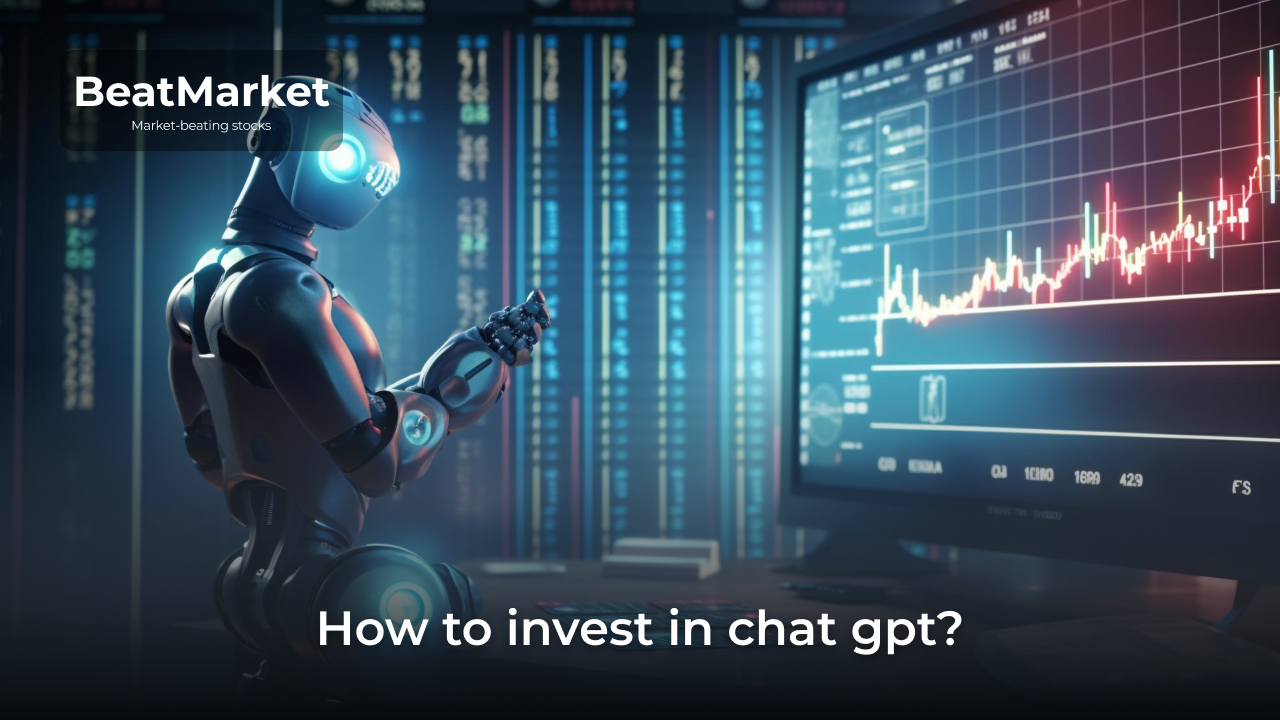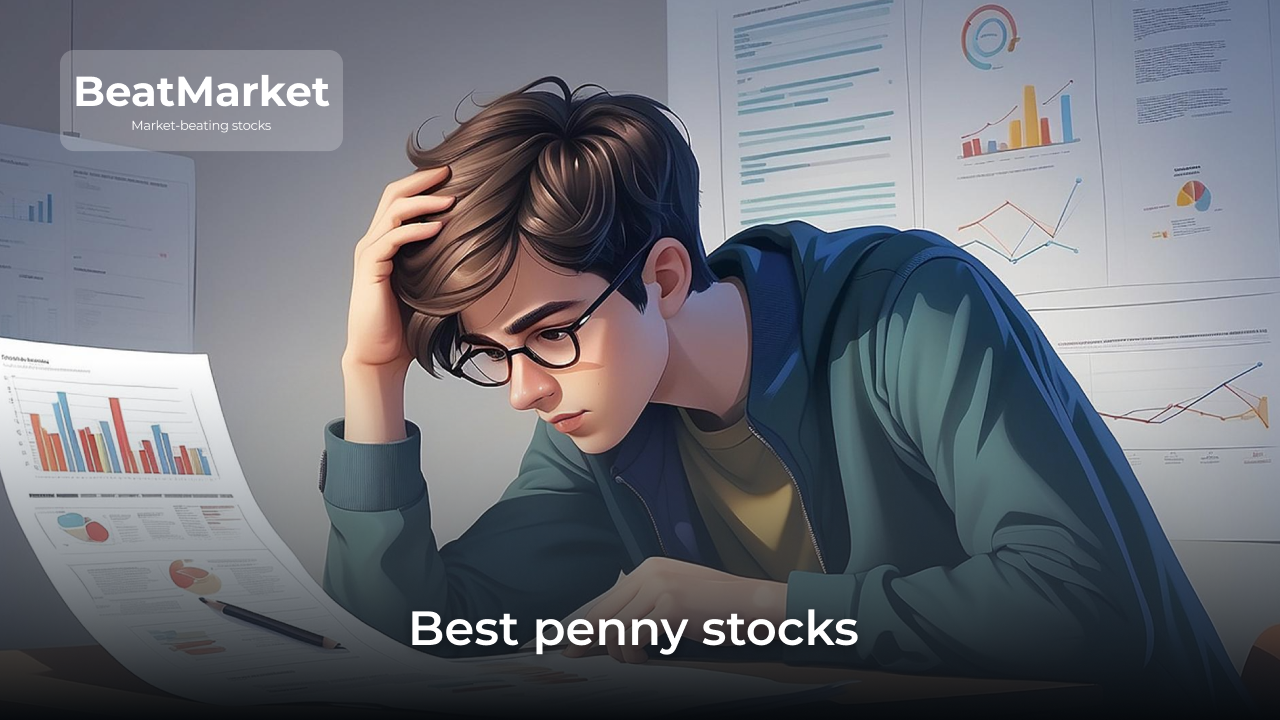Both, QQQ and VGT, are passively managed funds. These ETFs are by no means complete equivalents of each other. A purchase of any of them, however, is a bet on the growth of the IT sector as a whole; they are designed to pursue the same investment strategy.
On a less global level, there are many differences between these financial instruments. It depends on the investor’s preferences which of the tech ETFs under consideration should be added to the portfolio. Let’s look at the features of both funds so that everyone can make their own choice.
The ETF comparison was updated in April 2024. Information on returns and the composition of the funds’ net assets has been updated. Information on dividends has been added.
Table of Contents
Key Difference
The key metrics of comparing QQQ and VGT are summarized in the table.
| Parameter | QQQ | VGT |
| Management company | Invesco | Vanguard |
| Date of foundation | 1999-03-10 | 2004-01-26 |
| Tracking index | NASDAQ-100 Index | MSCI US IMI 25/50 Information Technology |
| AUM | $251.98B | $64.68B |
| Expense ratio | 0,2% | 0,1% |
| Dividend yield | 0,52% | 0,96% |
| Average trading volume for 3 months | 44.685.994 | 455.938 |
| Structure | UIT | ETF |
| Current stock price | $438 | $515 |
The key difference between the funds under consideration is the total net asset value and trading volume. QQQ outperforms both factors and can be considered the best tech ETF.
When it comes to investing for decades, the funds’ expense ratios may be important to the budget-conscious investor. For example, over a 30-year horizon, for every $1,000, a QQQ holder’s costs will be $32 higher, or 3.2%.
The difference between the manner that the funds are structured has no meaningful impact on the investor. Technically, QQQ is a mutual fund based on the principle of organization. But this has no effect on stock transactions or taxation.
Invesco QQQ ETF (QQQ) Overview
QQQ tracks the performance of the NASDAQ-100 index. It brings together the largest companies whose stocks are traded on the NASDAQ exchange. First of all, these are representatives of the technology sector. One of the index features is the absence of banks and financial companies in it.
The main characteristics of Invesco QQQ Trust:
- number of stocks in the fund – 102;
- expense ratio – 0.2%;
- current dividend yield – 0.52%.
The main advantage of QQQ compared to VGT is the presence of more than just technology companies in the fund’s net assets. In case of problems in the industry, they will be able to support stock prices. That said, the fund cannot be considered well diversified.
Disadvantages of QQQ compared to VGT:
- lower diversification in terms of number of companies (more than 3 times fewer issuers in the net asset mix);
- higher expense ratio.
When compared to other ETFs, QQQ’s weaknesses are low dividend yield and lack of diversification. Its strengths are its long history and reliable management company.
Holdings
QQQ tracks the NASDAQ-100. The fund’s net assets are the stocks of all companies included in the NASDAQ-100 Index. Information about the top holdings is shown in the chart below.
At first glance, QQQ appears to be well diversified. It includes securities of 100 issuers from different industries. But more than 17% of the fund’s net asset value falls on just 2 companies (Apple and Microsoft). Their price strongly influences the dynamics of quotations.
Vanguard Information Technology ETF (VGT)
VGT tracks the performance of the MSCI US Investable Market Information Technology index. It includes companies that serve the electronics and computer industries. Also it includes companies that manufacture products based on the latest applied science.
VGT’s key features:
- Number of stocks in the fund – 314;
- expense ratio – 0.1%;
- current dividend yield – 0.96%.
VGT is a passively managed exchange-traded fund. The peculiarity of the fund is its narrow specialization. Unlike QQQ, it includes companies from only the information technology sector. Advantages of the fund:
- a large number of issuers in the composition of net assets;
- coverage of small-capitalisation companies that have the potential to give high returns;
- lower expense ratio of the fund.
The main disadvantage is the fact that the ETF makes investments in just one sector of the economy. In the event of problems with technology companies, the stock price of this fund may fall more than the QQQ.
Holdings
The top 10 positions are shown in the chart below.
VGT holds more than 300 companies. But more than 40% of the total net asset value is accounted for by just 2 of them. This is even higher than that of QQQ. Therefore, we cannot say with certainty that this fund is more diversified.
VGT vs. QQQ Comparison
Let’s compare QQQ and VGT exchange-traded funds in terms of the main indicators to consider when choosing a financial asset.
VGT vs. QQQ Volatility
At the time of writing, VGT and QQQ funds are comparable in terms of volatility. According portfolioslab.com, this indicator is equal to 4.35% and 3.98% respectively. The chart below illustrates how asset volatility has changed over the last 5 years.
The chart demonstrates that VGT traditionally has a higher volatility. VGT’s price experiences larger fluctuations and is considered to be riskier than QQQ. But the difference with QQQ is not significant at all.
VGT vs. QQQ – Performance Comparison
Which of the funds being compared turns out to be more profitable depends on the starting point. Below is a table with the results that investors would get at different time horizons. The returns are total, including dividends.
| Time period | QQQ | VGT |
| 6 months | 20.44% | 22.15% |
| 1 year | 38.23% | 35.84% |
| 5 years | 143.96% | 158.59% |
| 10 years | 459.92% | 545,3% |
The table is compiled based on data from April 2024.
VGT steadily overtakes its competitor on a long time horizon. But yields to it in the medium term. This result is due to problems in the IT sector. The dividend yield of VGT has been consistently higher than that of QQQ since 2015.
Both funds have confidently outperformed the broad market. Investment advisors recommend them for financial independence.
VGT vs. QQQ Risk-Adjusted Performance
Additional insight is provided by comparing risk-adjusted performance metrics. QQQ sharpe ratio has traditionally been slightly higher than that of VGT. At the moment it is 2.54. VGT sharpe ratio is 2.15.
One important metric in evaluating a fund is the maximum drawdown since its inception. According to lazyportfolioetf.com, the maximum drawdown for QQQ is 81.08%, which occurred in September 2002. VGT did not exist at that time.
Below is a table with data on how much these funds lost during the biggest market downturns of recent years.
| Time period | QQQ | VGT |
| февраль 2009 | 74.27% | 50.58% |
| декабрь 2018 | 16.96% | 17.34% |
| сентябрь 2022 | 32.58% | 32.52% |
The table is compiled based on data from April 2024. The comparison of risk-adjusted metrics demonstrates that QQQ and VGT are assets of the same category. They cannot be considered different investment options from a risk perspective. The five-year chart below allows compares losses from any high point along the way.
VGT vs QQQ Liquidity
One of the tools for comparing ETFs is liquidity, which is assessed by trading volume and the size of the spread. According to Investing.com, the average trading volume over the past three months is:
- 44.68 million for QQQ;
- 445,9 thousand for VGT.
VGT is less liquid than QQQ. Its spread (difference between purchase and sale price) can exceed $1.5. For QQQ this indicator is within 5-10 cents most of the time.
But VGT cannot be called an illiquid ETF based on this measure. Transactions with its stocks occur every day in sufficient volume for the average investor to find a counter bid.
VGT vs. QQQ – Dividend Comparison
In favor of VGT is the dividend comparison. VGT slightly outperforms QQQ in this parameter. According to nasdaq.com, the current dividend yield for VGT is 0.96% compared to 0.52% for QQQ.
VGT and QQQ can be compared over the past 5 years using the table.
| Year | Dividend Yield of QQQ, % | Dividend Yield of VGT, % |
| 2023 | 0.64 | 0.76 |
| 2022 | 0.6 | 0.82 |
| 2021 | 0.5 | 0.7 |
| 2020 | 0.66 | 1.06 |
| 2019 | 0.8 | 1.17 |
Bottom Line: Which ETF is Better?
It cannot be concluded that one of the tech ETFs reviewed is definitely recommended for purchase. The choice of asset will depend on the factors that the investor considers to be key ones.
VGT should be chosen by those who care about:
- Low commissions. By this indicator VGT surpasses QQQ by 2 times.
- Large number of companies in the fund.
- Higher returns in past years. However, it’s important to remember that historical performance is not a guarantee of future results.
VGT is also suitable for those who are building a balanced portfolio on the basis of ETFs specializing in a narrow sector.
QQQ is preferred by investors who:
- appreciate high liquidity and low spreads;
- want to bet on the IT sector, but hope to reduce potential portfolio drawdown by using index components from other sectors;
- fundamentally avoid small-capitalisation companies (VGT assets contain a small share of such stocks).
Both funds have the same key drawback – a huge weighting of just 2 companies. But QQQ has 2 times lower weighting than VGT. This can be a significant argument from the point of view of diversification, despite the difference in the total number of issuers.
The key argument in favor of investing in VGT is higher historical yield. But the difference becomes significant only on the horizon of 5-10 years. That is, this ETF is more proper for long-term investors who are not concerned about bear market drawdowns. For those with a short-term product or trading strategy, the main argument for buying QQQ is its low spread.
To make a final decision on which fund to add to your portfolio, it can be helpful to consult with a registered investment adviser.
FAQ
Which ETF is better than QQQ?
QQQQ is considered the best tech ETF. It is among the top largest funds in the U.S. and demonstrates high returns. QQQM can be offered as an alternative. The fund has the advantage of a lower commission (0.15% vs. 0.2%). The lower stock price may also be an important factor. At the time of writing, it is $180 versus $438.
Is VGT a good long-term ETF?
Yes. This fund has been around since 2004, managed by one of the largest companies. Its average annual return over the past 10 years has markedly outperformed the broad market.
Is VGT a good buy now?
The answer to this question depends on the investment horizon expected. In the short term, an ETF in the IT sector may not be the best investment. The reason for this is the Fed’s policy, which has a negative impact on the stock market. But over long time horizons, VGT can be a great investment.
Who is in competition to QQQ?
In addition to the funds discussed above, ETFs such as The First Trust Nasdaq Artificial Intelligence and Robotics ETF (ROBT) or Invesco NASDAQ Internet ETF (PNQI) can help you bet on tech stocks on the Nasdaq exchange. But they have a narrower specialization. Someone looking for more diversification would be interested in funds on the S&P 500. Many stocks traded on the Nasdaq exchange are also included in this index.







